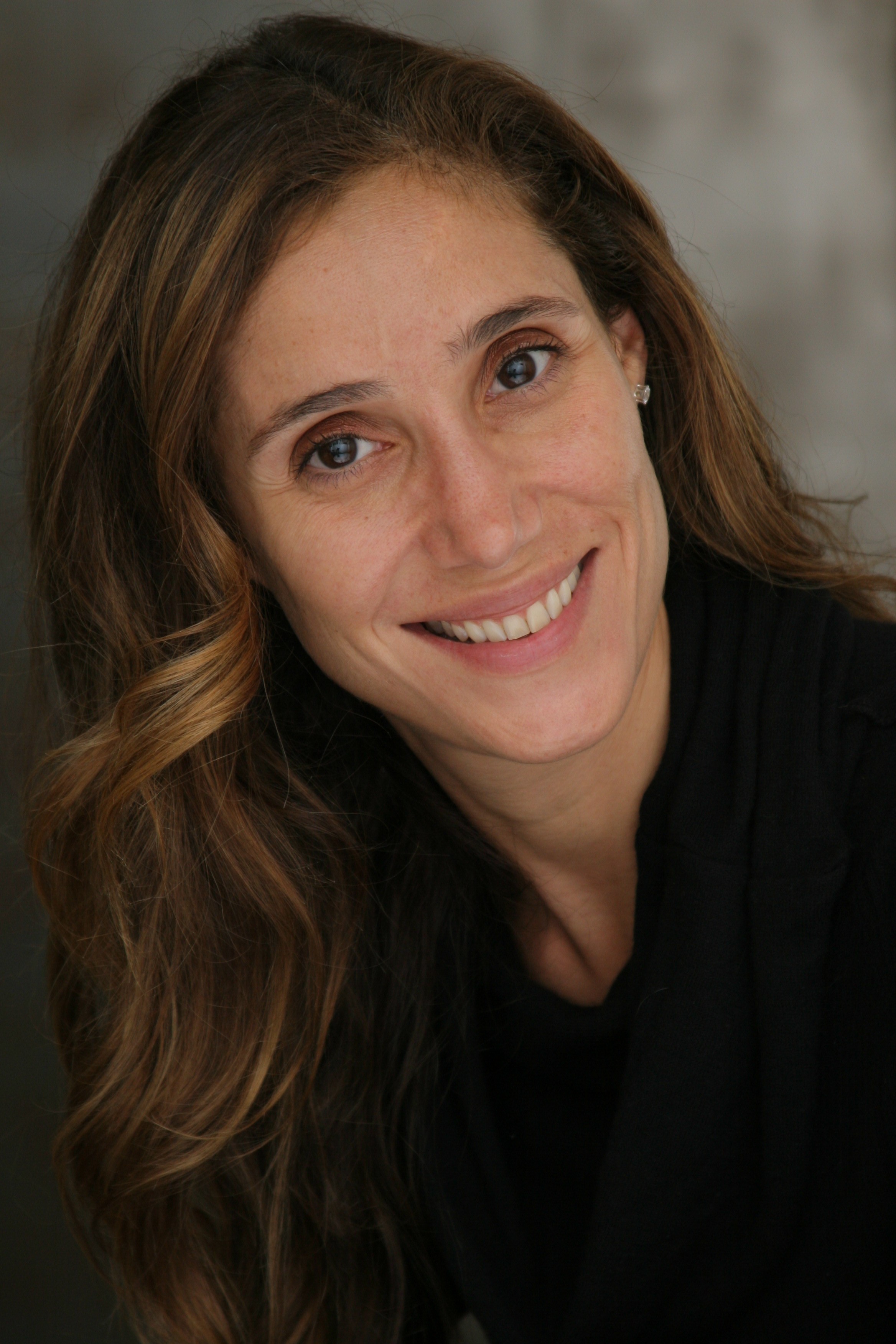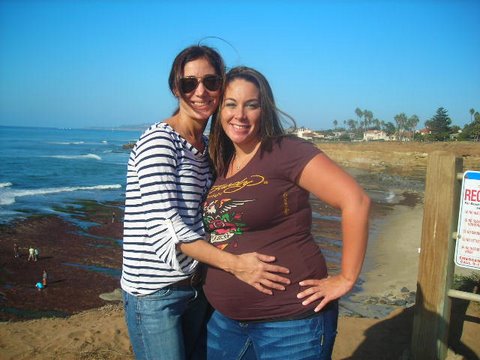
Introduction – Surrogacy: A Love Story
Hello friends. Today we introduce you to a new series by writer Kelly Weiss Rogondino, who is generously sharing her personal journey with us. Read on for a powerful and candid first look at the effects of cancer and the challenges and rewards of surrogacy.
IN THE BEGINNING…
January 19, 2009
“Hi, Lisa. It’s nice to meet you. Would you carry my baby?” Nobody would actually say that, right? But you would think it if you were in my shoes. Lisa and I laugh about it now when we talk about how awkward we both felt during the lunch that would change both of our lives in so many ways…
October, 2002
After one irregular pap smear result in 2001 at the age of 32, followed by a “normal” result three months later, I assumed the irregular test had been an anomaly and didn’t give it another thought. Ten months and a new doctor later, at 33 years old, I was diagnosed with Phase IA2 Cervical Cancer.
When my doctor called me himself and asked me to come into his office to talk about my Pap smear and LEEP* results, I knew something was wrong. The doctor never calls you himself, much less asks you to come to his office (“do you have time to come see me this afternoon?”) and as I drove to his office, I felt anxious and a sense of impending doom. When I sat in the chair across from the desk in his office, he did not mince words. “You have cervical cancer…. I sent your results to two different labs to make sure, but you do have cancer and I am recommending that you go see Dr. ****** at Cedars to discuss your treatment options and……” and he lost me there.
I don’t remember much else of that conversation except for asking him to call my dad (a doctor) because I knew I wouldn’t remember anything he was telling me or that I would forget an important instruction. He left a voicemail message for my dad while I was in his office, to please return his call about my test results, and then I left his office. I wasn’t crying yet I don’t think; I’m actually not sure. It’s a blur. But once I got into my car, I called my dad myself and when I also couldn’t reach him, I had him paged at the hospital. Upon hearing my dad’s voice, I burst into tears. I told him what I could remember from my conversation with my doctor. My dad went into “doctor mode” and calmly said to make the appointment with the gynecological oncologist as my doctor had recommended and go from there. The next day my appointment was set and I waited to see the oncologist the following week with a pit in my stomach.
The recommended treatment was a total hysterectomy, but leaving my ovaries intact. I was given an alternative treatment option as well, an experimental (at the time) surgical procedure called a radical trachelectomy.** This would attempt to preserve my fertility and my ability to carry a baby (I did not yet have any children) by removing the affected portion of my cervix, but my father (a doctor) ultimately determined that the risks outweighed the benefits; it may not get rid of all of the cancer and it did not guarantee I could get pregnant and/or carry a baby. I had the hysterectomy in December of 2002.
I initially wanted to write a “hysterectomy memoir” because in the two months between diagnosis and surgery, I looked everywhere for materials written by someone in my situation, and couldn’t find anything. I came across websites, blogs and short books written by women who had had hysterectomies, and they covered issues like the physical and emotional side effects of the surgery, but all of these women were older, and had already had one or more children before their surgery, so their issues were very different than mine. I don’t want to trivialize the recovery and emotional repercussions of their surgeries, but they weren’t facing the loss of their fertility before they had children, like I was.
I never wrote the memoir, but seven years after my surgery, in the months following the birth of my daughter to a gestational surrogate, I realized that I did need to document my story. However, it needed to be about the surrogacy process, because that’s what this is really about; my journey to becoming a Mom. Of course the cancer plays a big part in this story, but the real story for me, begins with meeting Lisa and everything that happens from that point on.
I’ve titled this a “love story” because that’s what it is; the story of Lisa coming into our lives, the ups and downs and highs and lows that my husband and I went through with Lisa, and how our relationships and shared, although very different experiences during the surrogacy process, have grown into a lasting bond between us, and resulted in a baby who is loved by so many people.
Part Two coming soon, so be sure to check back regularly. Please feel free to share your own experiences below, as both Kelly and the MNU community would love to hear about your journey.
*The loop electrosurgical excision procedure (LEEP) uses a thin, low-voltage electrified wire loop to cut out abnormal tissue. LEEP can:
– Cut away abnormal cervical tissue that can be seen during colposcopy.
– Remove abnormal tissue high in the cervical canal that cannot be seen during colposcopy.
**The surgeon removes the cervix, parametrium (tissue immediately next to the cervix) and the upper two centimeters of the vagina, but does not remove the uterus. The uterus then is connected to the remaining portion of the upper vagina. A cerclage (permanent suture) is placed where the cervix used to be to help maintain the pregnancy.
© 2014 Kelly Weiss Rogondino






